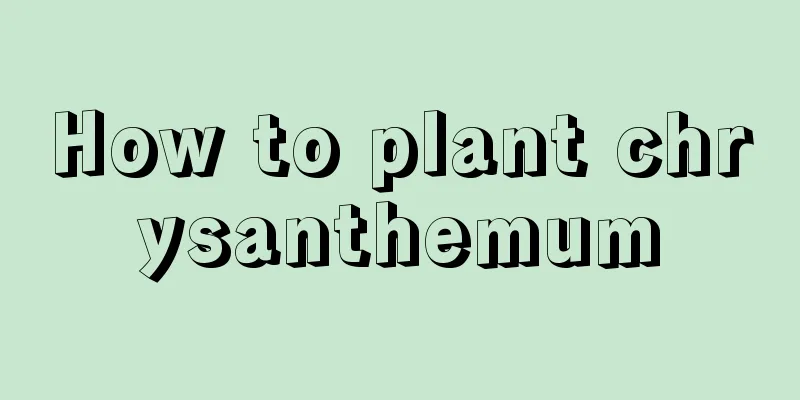How to make persimmon trees survive by cuttings (after reading this, you will know how to propagate and root persimmon trees by cuttings)

How to propagate a persimmon treeThe cortex of persimmon contains a substance that reduces the healing ability of the cortex. Therefore, the wound healing speed after cutting is very slow and the survival rate is greatly reduced. Experienced technicians usually find that the survival rate of cuttings is no higher than 60%. In addition, persimmons grow slowly, so it takes a long time for cuttings to mature. Therefore, the best way to propagate persimmon trees is high pressure. Let me briefly talk about cuttings, mainly explaining high pressure: (1) Persimmon cuttings: The best time to plant persimmon trees is in early spring, when the temperature is about 15 degrees Celsius. Choose healthy branches that have become lignified and are 2 to 3 years old, and trim them to a length of about 20 to 20 cm, trim the wounds and smooth them, and keep about 3 to 5 buds. Then soak them in rooting agent for about 3 hours, and use freshwater river sand as cutting material. This is the process of cuttings, but the survival rate is very low. (2) High-pressure cutting propagation of persimmon trees: 1. Choose healthy branches that are about 3 to 5 years old and have a diameter of about 3 to 5 cm. Some varieties can be seen by looking at the color of the branches. The bark is gray-brown and easy to be high-pressure, while the bark is black and slow to root. 2. Ring the bark of the branch with the same length as the branch diameter. First use a utility knife to mark the length vertically on the branch. Then ring the bark along the main trunk. The wound on the bark should be smooth. Then spray 800 times "gibberellic acid" aqueous solution. 3. Place a high-pressure ball of appropriate diameter at a position 1 cm below the wound and fix it. Then fill it with coconut bran and sphagnum moss. Close the high-pressure ball and lock it in place at the top. 4. Fill the high-pressure ball with water about once a week. During the rainy season, extend the watering time appropriately. It can be dried after about 2 months. Cut the stem about 1 cm below the high-pressure ball. Then you can disassemble the high-pressure ball, trim the cut stem wound and finally pot it. |
>>: How to shape a Jade Leaf potted plant (how to trim a Jade Leaf potted plant to look good)
Recommend
How long is the life span of passion fruit? How does passion fruit survive the winter in the south?
1. Lifespan Passion fruit is a perennial fruit tr...
Maintenance methods and precautions of Ma Yinhua
Farming methods environment There are two environ...
What is lotus white?
What is lotus white? Lianhuabai is actually anoth...
How to grow plum blossoms in autumn
1. Fertilizer management Plum blossoms bloom in w...
Method of hydroponic cactus
Select the parent First, choose a cactus with a s...
When is the best time to plant sea buckthorn seedlings? What season is best for transplanting and surviving?
Sea buckthorn seedlings are a plant that has very...
How to grow rice bamboo to make it grow vigorously?
Rice bamboo, also known as small bamboo, has been...
Can velvet needles be hydroponically cultivated?
Can velvet needles be hydroponically cultivated? ...
The functions and taboos of soaking roses in water, how many roses should be put in the water
1. Function 1. Beauty and skin care: It contains ...
When to plant garlic
1. When to plant The planting time will vary depe...
Cultivation methods and precautions of large-leaf begonia
The big-leaf begonia itself is not a difficult fl...
When is the best time to plant poppy seeds?
Poppy seed planting time Poppy is an annual plant...
Can gardenia be grown in the north? What maintenance factors should be paid attention to?
1. Can it be raised in the north? Gardenia is a s...
How many kilograms of mung beans can be produced per mu?
Mung bean yield per mu The yield of mung bean cro...
Do I need to repot the fortune tree when it grows up? When is the best time to repot it?
1. Should I change the pot? Of course, the money ...









